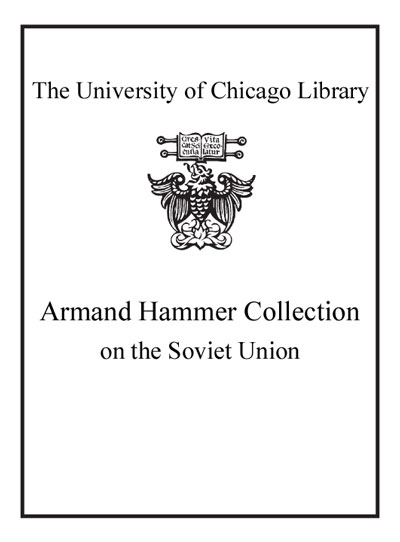Review by New York Times Review
The scars of Bosnia haven't healed. THE Bosnian wars ended in 1995, but peace brought its own terrible realities: a fractured Bosnia divided between Serbs and a Croat/Muslim federation, thousands of dead (most of them Muslim), uprooted families, a ravaged landscape, economic ruin. Books on Afghanistan and Iraq have taken over bookstore shelves, but the recent arrest of the long-wanted fugitive Radovan Karadzic, the Serb leader charged with genocide, is a reminder of how much unfinished business remains in this still troubled comer of Europe. In the spare and bleak "Like Eating a Stone : Surviving the Past in Bosnia," the Polish journalist Wojciech Tochman chronicles the aftermath of war in Bosnia and, if anything, confirms that the so-called peace has brought little actual peace. Yet he is not polemical about this point; instead, he relies on suggestive details, pungent quotes and simple, understated prose that is mannered at times but powerful in its own way. Crisscrossing Bosnia several years after the war's end, Tochman follows several Muslim women as they search for the remains of loved ones: husbands, children, parents. By the end of the war, nearly 20,000 Muslims were missing, and the process of recovering bodies, many of them dumped into mass graves, mine shafts and waste dumps, is proceeding with agonizing slowness. Tochman is an austere scene setter. Here, he describes the efforts of Ewa Klonowski, a Polish forensic anthropologist connected to the Bosniak Commission on Missing Persons, as she works at a mass grave: "Now the first white body bags are coming up. The workmen lay them out on the grass. The relatives of the missing people stand around as Dr. Klonowski examines the bones, identifying their age and sex." Her work is grim - she has recovered some 2,000 bodies - but she takes pride in her vocation. "I love bones; bones speak to me," she tells Tochman. "I can determine nationality by bones. A Muslim's femur is bent into a slight arc, because Muslims squat." The survivors themselves don't view things with such scientific detachment. Jasna PIoskic, a Muslim widow searching for the remains of her small children, presumed killed in 1992 when they fled their village after it came under attack, says of the Serbs: "In every one of them I see a murderer." Many Muslims, expelled from their homes by Serbs, want their property returned, but are reluctant to live in the Serb-controlled part of Bosnia. If Tochman is sympathetic to Bosnia's Muslims as they struggle to make their way, he also takes a nuanced view of the much vilified Serbs. The Serb Republic of Bosnia is an economic backwater, and many Serbs Tochman encounters share their regrets with him: "What on earth was the point of the war?" asks one Serb woman threatened with eviction. Tochman visits the eastern mining town of Srebrenica, site of the infamous 1995 massacre of Muslim men and boys. Once dominated by Muslims, it has become a haunted place. Even if it is now a part of Serbian Bosnia, few Serbs feel comfortable there, Tochman writes. "They say: 'This isn't our home. This is a Muslim town, a town of death and bloodshed. And voices that come from God knows where. Whispers, screams, wailing.'" Other Bosnian Serbs can only point fingers: "More Serbs were killed in Sarajevo than Muslims in Srebrenica," a social worker insists. "You must understand that, and not invent all that Dayton peace nonsense, mass graves, tribunals, all that sort of thing." Matthew Price's reviews have appeared in Bookforum, The Boston Globe and other publications.
Copyright (c) The New York Times Company [October 27, 2009]
Review by New York Times Review

